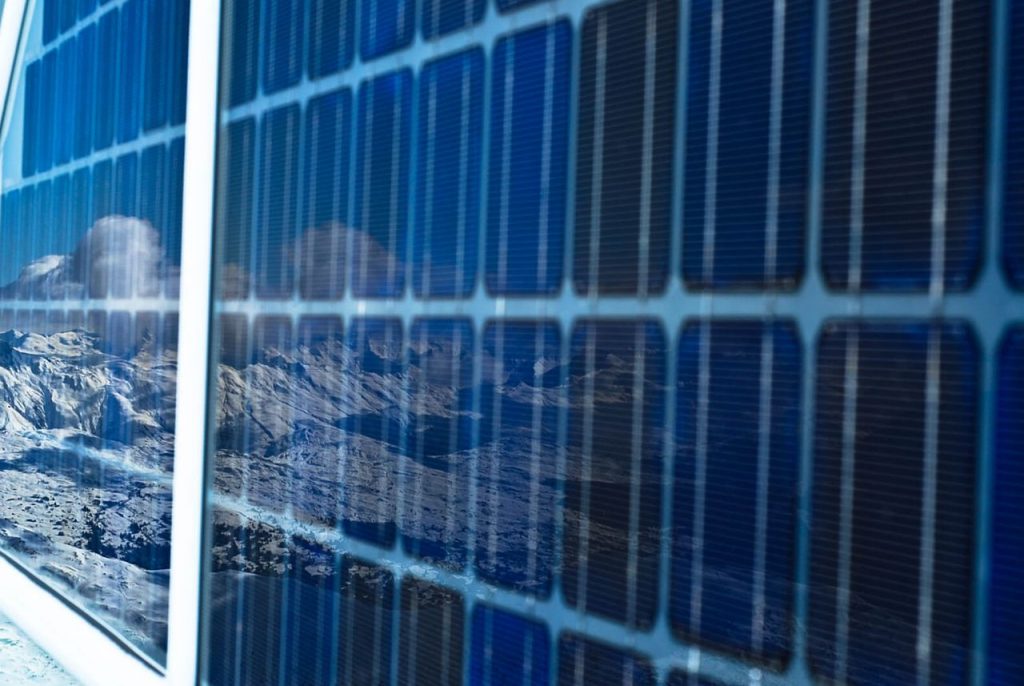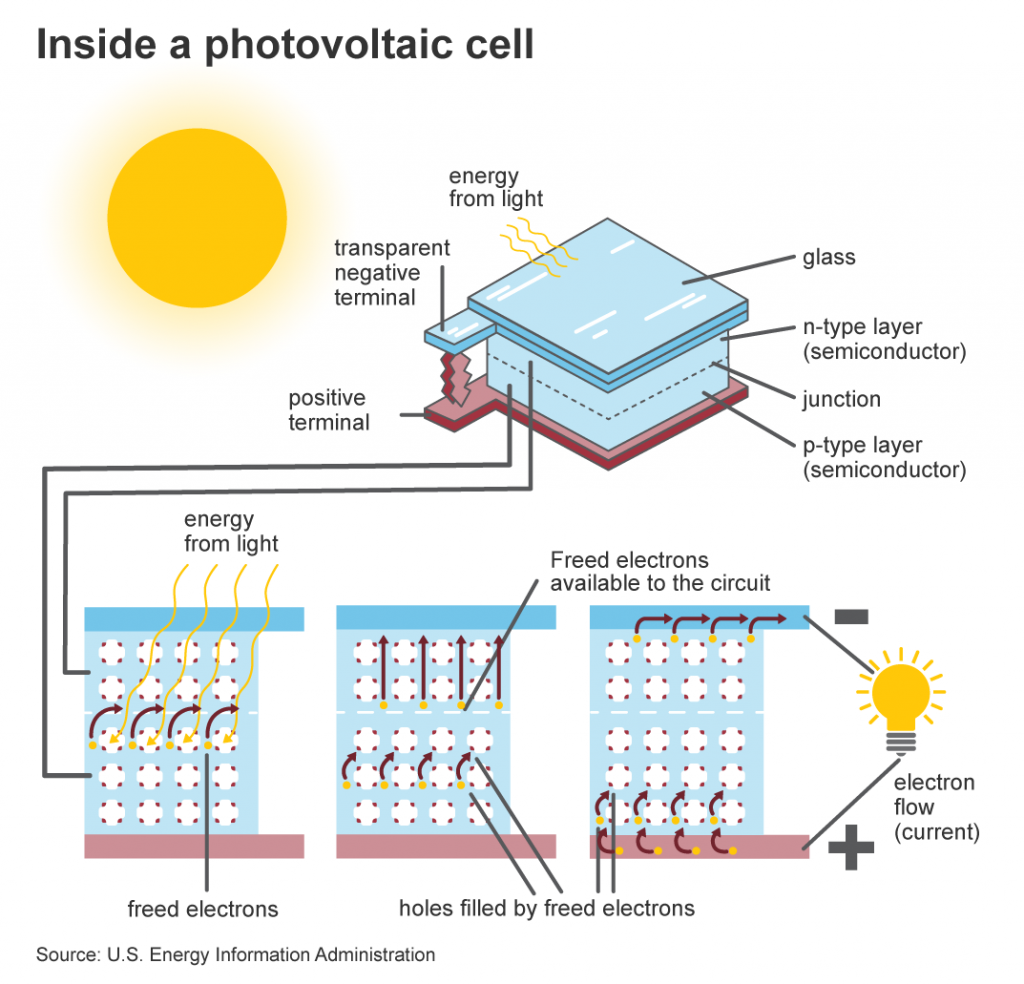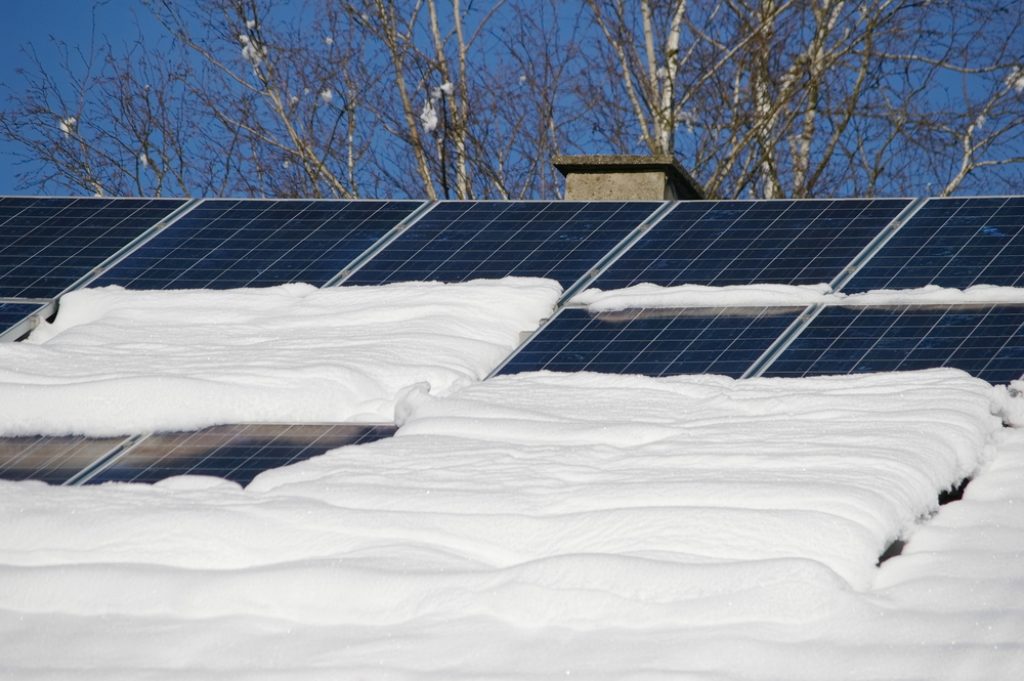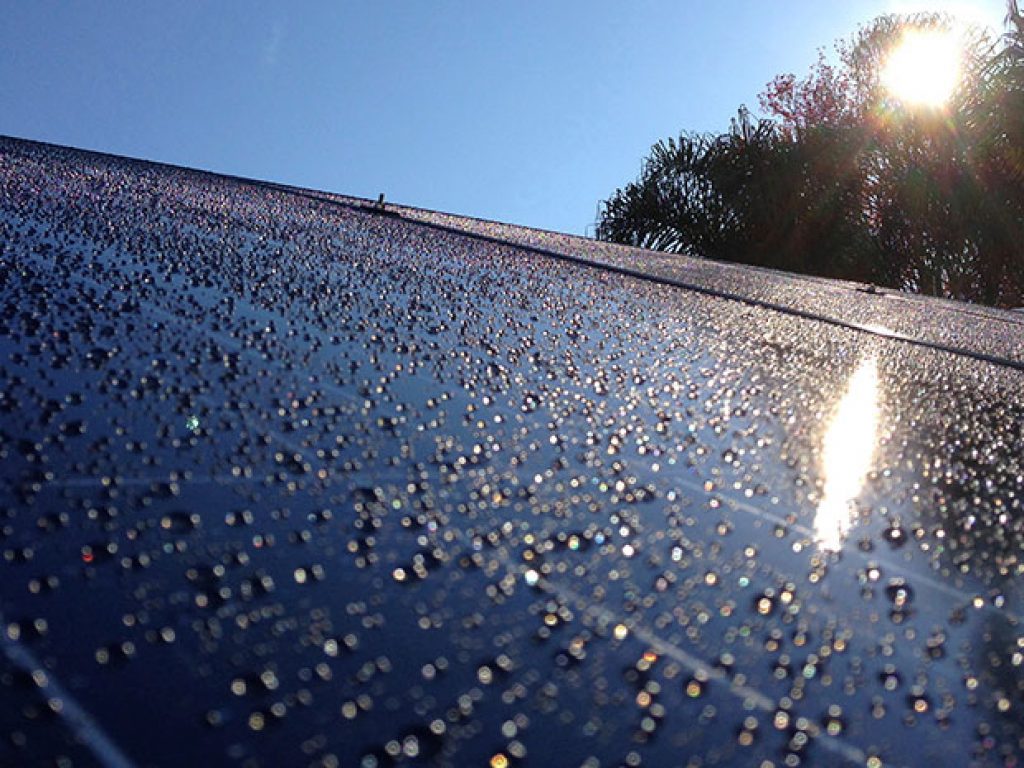A possible pain point for people in colder regions may be: “Can solar panels get too cold?” “Will this affect my energy supply and ROI?”
If you’re a solar panel owner living in a colder region, chances are you’ve asked yourself these questions, and for good reason. These pieces of equipment aren’t cheap, so you want to get the most out of them as humanely possible.
So, is it true, can solar panels get too cold?
No, a solar panel cannot get too cold. In fact, it is far more detrimental for your expected power output if your solar panel were to get too hot.
But, we can’t just stop there. There’s so much more for you to learn on this topic.
This article will answer your most frequently asked questions about how the cold and various other weather conditions will affect your solar panels.
Stay tuned as some of what you’ll read may surprise you!
Table of Contents
Can Solar Panels Get Too Cold?
To answer this question, we first need to look at what a solar panel is made up of.

Photovoltaic Cells Vs. Temperature
Solar panels consist of photovoltaic cells. When photons from the sun hit these cells, electrons within the cell start to move around, generating an electrical current. Each cell consists of a sandwich of silicon semiconductors.
The energy required to make these atoms move within these cells is called the band gap. When below this energy level, the atoms are in the valence band. In contrast, once the material receives enough sunlight, the electrons “power up” into the conduction band.

The hotter a cell is, the more the difference between the bands is reduced. Therefore, while electrons may be freed more easily in hot temperatures, they won’t carry as much energy once released.
Influence Of Cell Temperature On Power
Efficiency is an important term for all electrical components. The efficiency of solar panels is said to decrease 0.05 percent for every degree Celsius it increases. Similarly, it increases 0.05 percent with every drop in temperature.
That is to say, despite common logic, solar panels are actually more efficient at lower temperatures. Thus, they are able to provide more power. This is due to the effect of temperature on the efficiency of its electrical components.
While this may sound bad, we’re still only talking about a ten percent drop for a 200W solar panel at 68 °F (20 °C) to 113 °F (45 °C) i.e., 180W.
How Cold Is Too Cold?
Even at negative temperatures, solar panels will continue to generate electricity. Any output limitations in colder months are actually a result of snow and reduced daylight hours.
So, you can remain confident, that even if it’s very cold where you live, your solar panel will work. This is reinforced by the fact that US states such as North Carolina, New Jersey, Massachusetts, and Virginia are some of the top solar states.
If that doesn’t convince you, solar panels have also been installed on research centers in Antarctica where temperatures range between 14 °F (-10 °C) on the Antarctic coast, to -76 °F (-60 °C) in the higher regions.
What Happens When Snow Covers Solar Panels?

According to the US Office of Energy Efficiency & Renewable Energy, a light dusting of snow will have little impact on solar panels. This is because the wind will just blow it off or it will slide off (given solar panels are usually installed at 30-45 degree angles).
It is however a different story if the snow is able to gather and create a layer. This would stop sunlight from getting to the solar panel, and thus from generating electricity. This would be remedied once sunlight is able to reach the panel again — for example, if the snow melts or slides off.
If you’re aware that your setup is at risk of snow, and you design your solar panel installations accordingly, you may be able to take advantage of the albedo effect. This effect may help increase solar panel efficiency, as it uses the reflection of the sun off of snow to actually increase solar panel efficiency.
Nevertheless, while your solar panels aren’t completely at risk from the snow, your support system may be. So you need to ensure that your supporting structure (for example your carport), is designed for such potential loads.
What Happens When Solar Panels Ice Over?
Given that ice is clear, light can still pass through and so it should not cause major issues for your power output.
The issue with ice revolves around where it forms. If water can find itself into the crevices in the solar panel or its mountings, when it freezes, it may cause damage. This is due to the volume of water increasing when it freezes; known as the freeze-thaw phenomenon. Thus, this can cause damage to the solar panel and its mountings.
In general, solar panels are designed to be waterproof and so this should be unlikely. However, please check double check if you see this as a risk in your region.
Do Solar Panels Work In Rain?

While solar panels work better in direct sunlight, they are still able to function if the light is reflected or partially blocked (albeit the light will have a lower intensity).
According to LetsSaveElectricity, in cloudy weather, solar panels will generate around 30 to 50 percent of their optimum output and 10 to 20 in heavy rain. Therefore, if your region is constantly cloudy or rainy you may need to check what levels of sunlight reach your installation area.
From this amount you would need to calculate your expected power outage, to see if it’s sufficient for your needs.
Rain will also help to clean your solar panels. This will help avoid the build-up of dirt on your panels over time.
At What Temperature Are Solar Panels Most Efficient?
The optimal temperature for solar panels is 77 °F (25 °C). This is the same temperature at which they are generally tested.
According to this article, an increase in temperature will result in a linear decrease in voltage output. Thus, you must ensure you leave sufficient space between your panels and resting surface to promote airflow and cooling if you expect temperatures beyond 77 °F (25 °C) in your region.
Final Thoughts
In general, snow and cold weather do not present a major risk to your solar panels. In fact, the cold and snow (considering the albedo effect) may actually benefit your outage in certain cases!
However, if you think your solar panels will be subjected to frequent snow and ice, please keep the following in mind:
- Installation angle — to avoid large accumulation of snow on the panels (to reduce output limitations and structural damages).
- Water drainage and waterproofing — to avoid accumulation of water in unwanted areas and, in turn, freeze-thaw damage.
If you’re worried about having high temperatures in your region, you should check out our guide on 15 of the best solar panels for high temperatures.
Thanks for reading up on can solar panels get too cold. If you have any questions feel free to drop them below.

